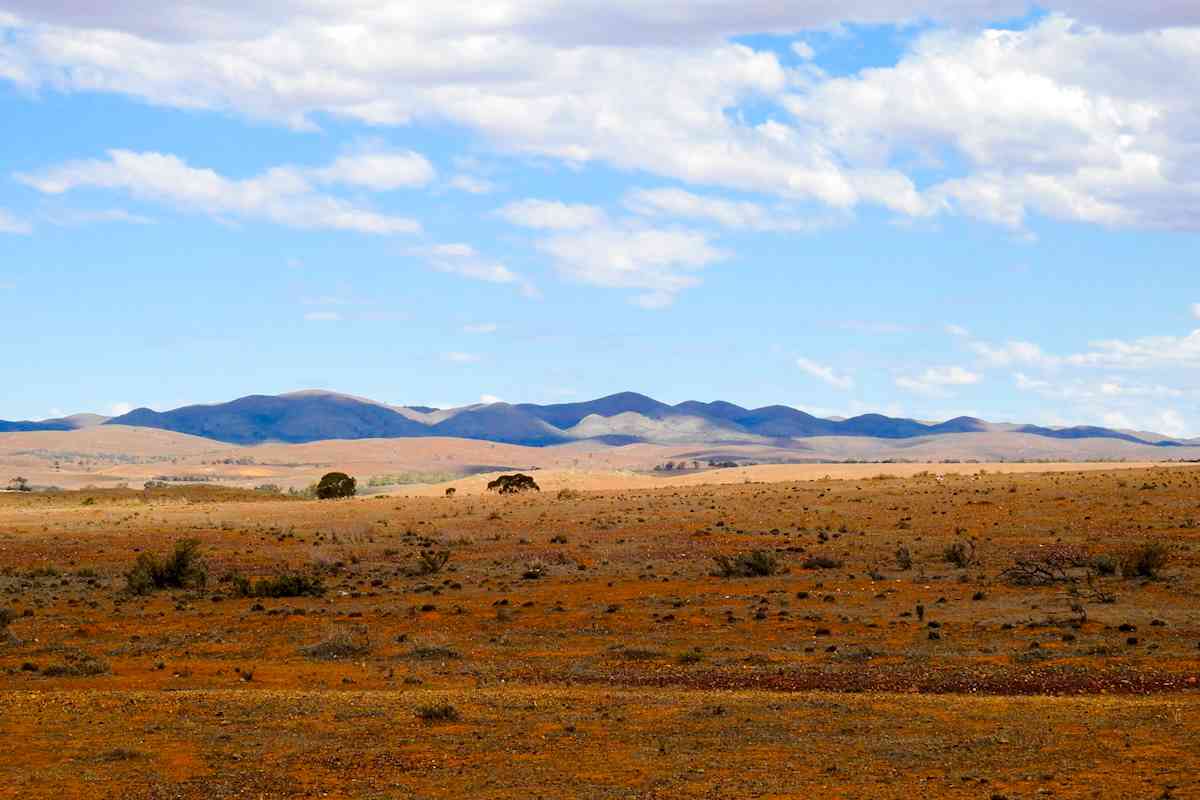I stayed in the little town of Orroroo, which is in the southern Flinders Ranges. It is a very neat and tidy town, with many old stone cottages kept in good repair by the local residents.
The town dates from the 1870’s and some buildings still exist from that era, including the railway station, which is now a private residence. The streets are very wide; in those days, horse-drawn wagons needed the space to turn around. Interestingly, it still has two operating pubs, which is quite significant for a small country town.
While this town survives successfully today, many towns in the area did not. Orroroo is surrounded by a number of ghost towns.
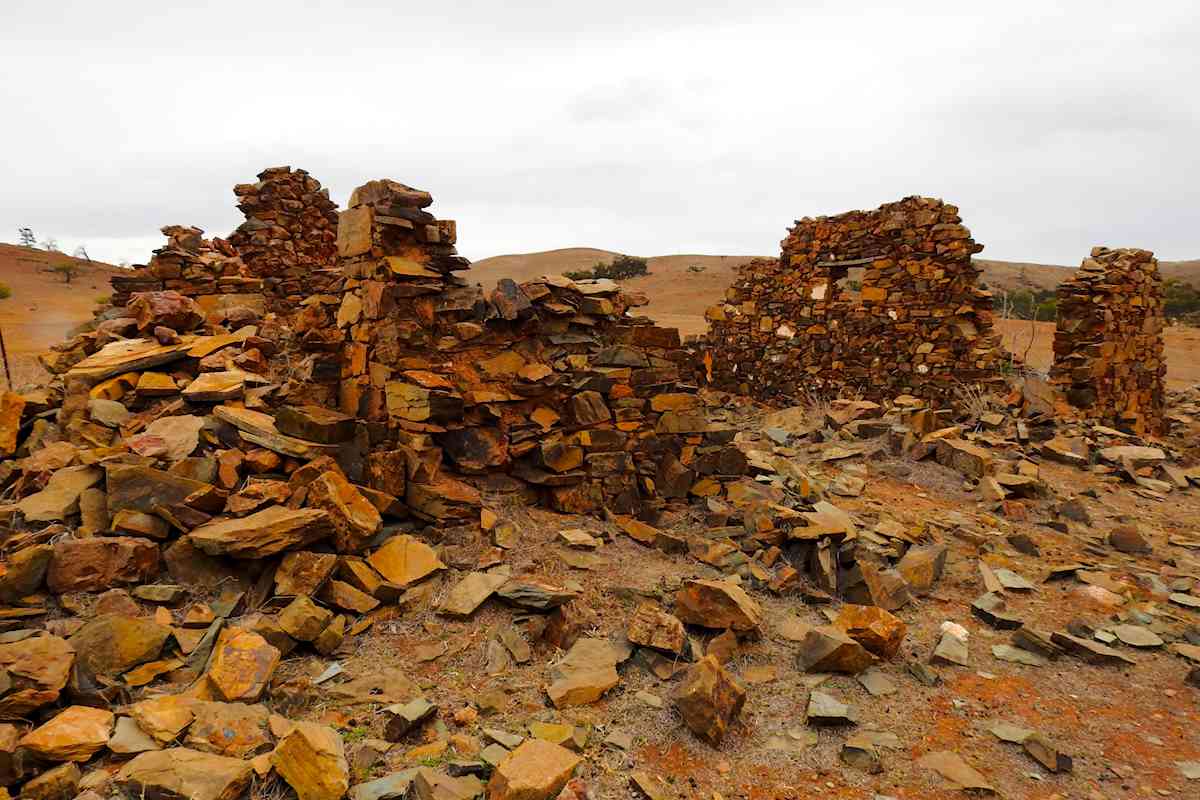
I wandered around the remnants of early homesteads and work buildings of once massive sheep stations, now abandoned. In their day, these stations often employed upwards of one hundred people.
Then in the 1870’s these large sheep stations were broken up. The Government, under pressure from land-hungry farmers who dreamt of vast fields of wheat flowing unbroken to the horizon, decreed this land to be given over to crops.
The farmers were driven by the unerring, if foolish, belief that this country was comparable to the English countryside. They were confident that when crops were planted, the rain would surely follow.
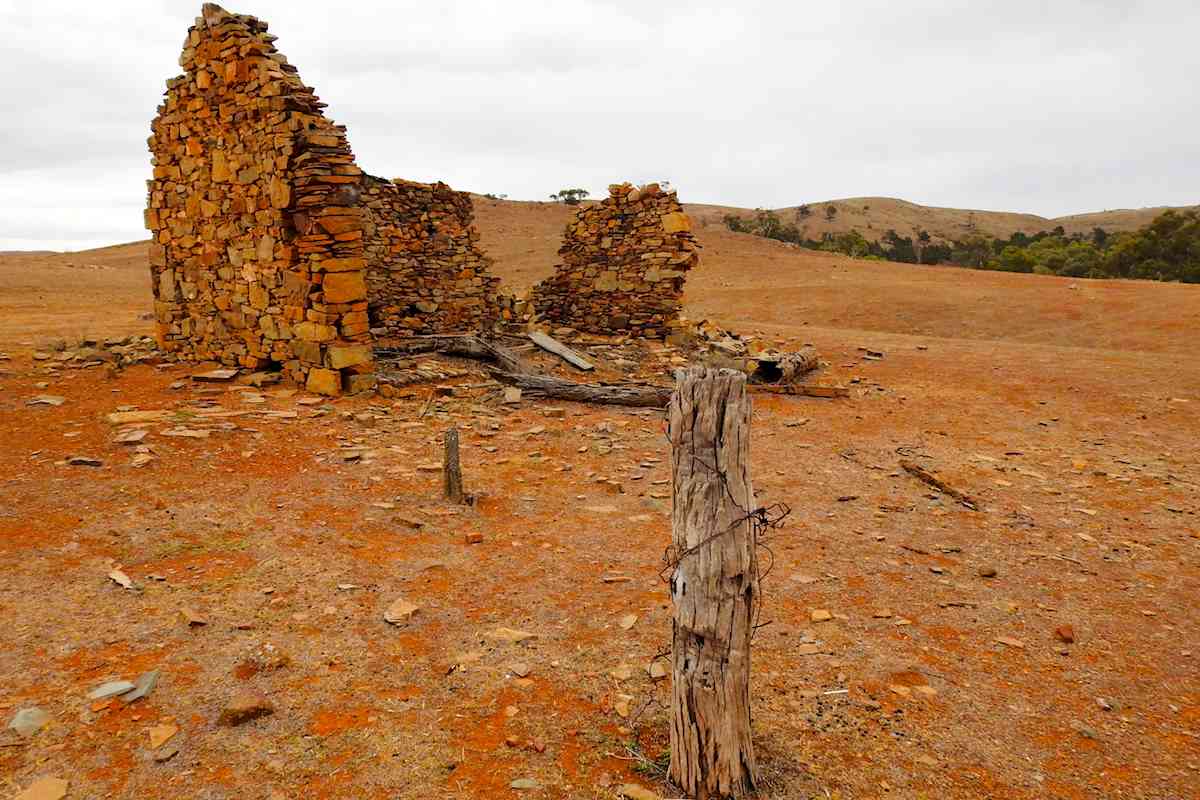
Of course, this proved to be a total fallacy. The farmer’s optimistic expectations of rich farming land denied the hard reality; at best, this was a land of unreliable rainfall. Then a massive drought in the 1890’s ensured the dream perished. The crops failed. Having removed all native vegetation for cropping, the farmers could do nothing to prevent colossal dust storms that swept the area.
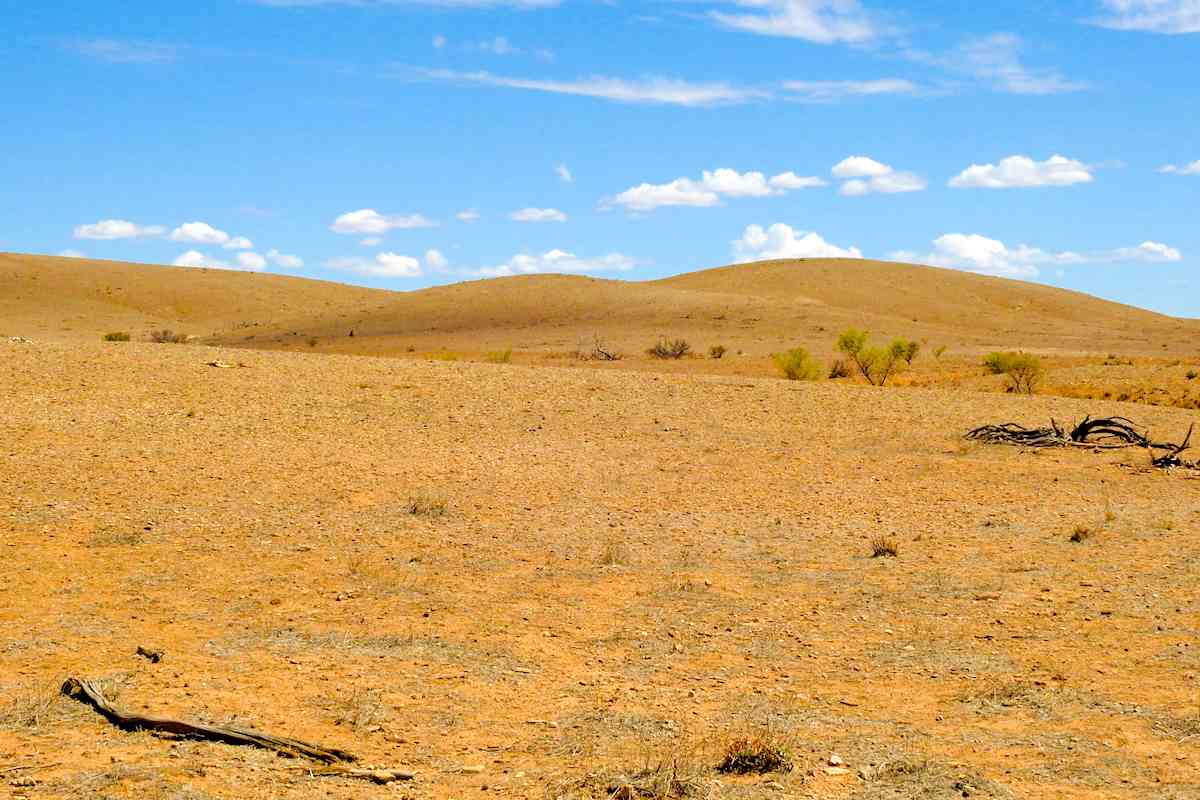
Drought is still a fact of life in this place. Although some light rain has fallen today, it is so dry here there is not a blade of grass visible in many paddocks.
The explored the little town of Johnburgh, which dates from 1889. The hotel was built in the 1890’s to serve the community and it was obviously an impressive structure, built with grand expectations. It is now a sad ruin.
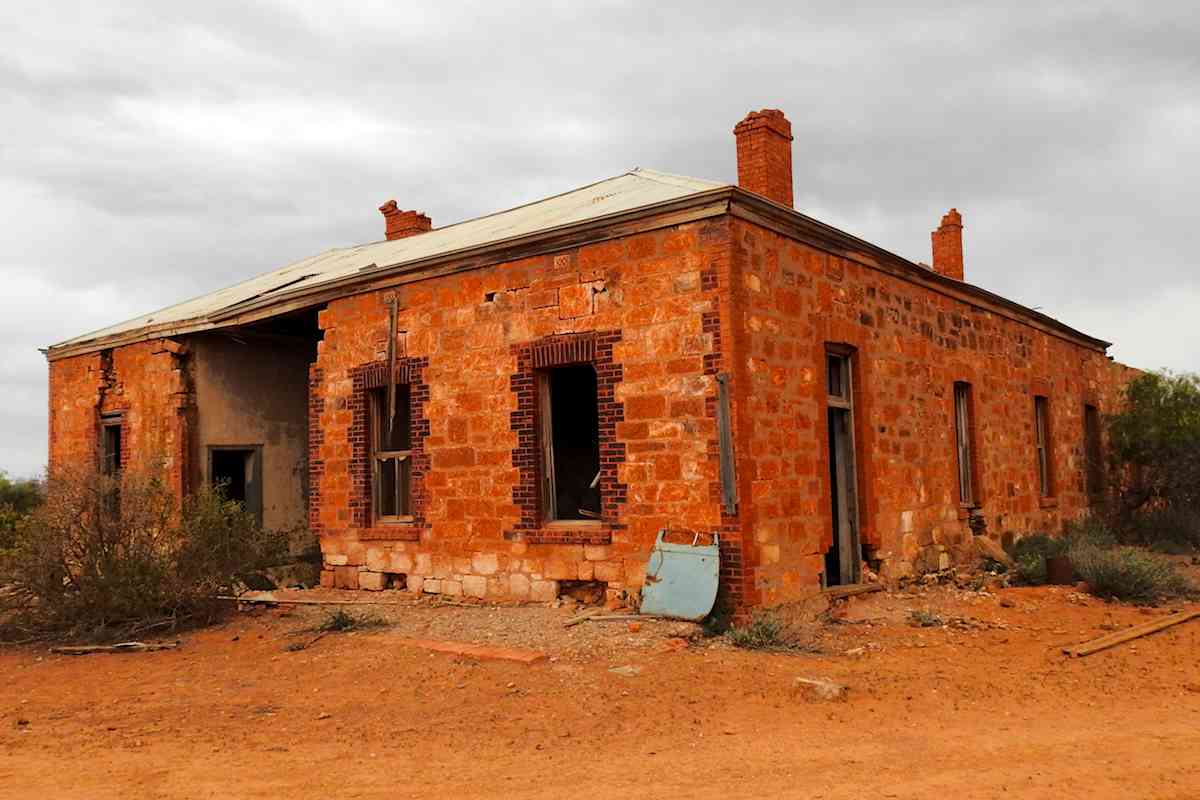
Many parts of the building are now obviously unsafe to enter. But looking through the shattered windows gives you a glimpse of the past opulence of the building. In some rooms, fragments of floor coverings are still visible.
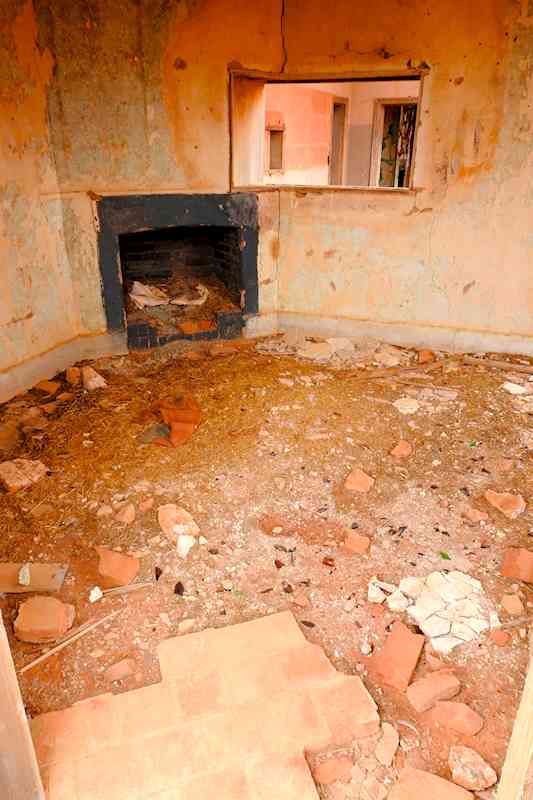
The Ladies Lounge, with its fireplace and wallpaper still extant, looked like it could still be occupied for a quiet drink. However, in the main bar, walls and the floor have collapsed; the basement is revealed through a gaping hole.
The hotel had closed during the First World War due to a declining population. Many in the district were tea-totallers and didn’t partake of the “demon drink”. I left in a hurry, just in case this was catching!
The cemeteries in the area are a sad reminder of the hardships faced by these people, with little or no medical help; especially the women, many of whom died in childbirth. And of course the children, some sadly only living for a day or two.
Because many of the people were German, the cemeteries often have early gravestones inscribed in their native language. Many graves are no longer marked and knowledge of these burials has probably been lost. The Orroroo town hall burnt down in the 1930’s and the records are gone forever.

There are modern ghost towns, too. People still live in the little hamlet of Carrieton, but the community has lost many facilities that keep a town viable. The school, post office, bank and the only pub are now all closed.
I found this a pretty melancholy place to visit. Maybe it was the gloomy overcast weather; maybe it is because this area gives you a sad glimpse into the past where the hopes and dreams of the early settlers were never realised.

